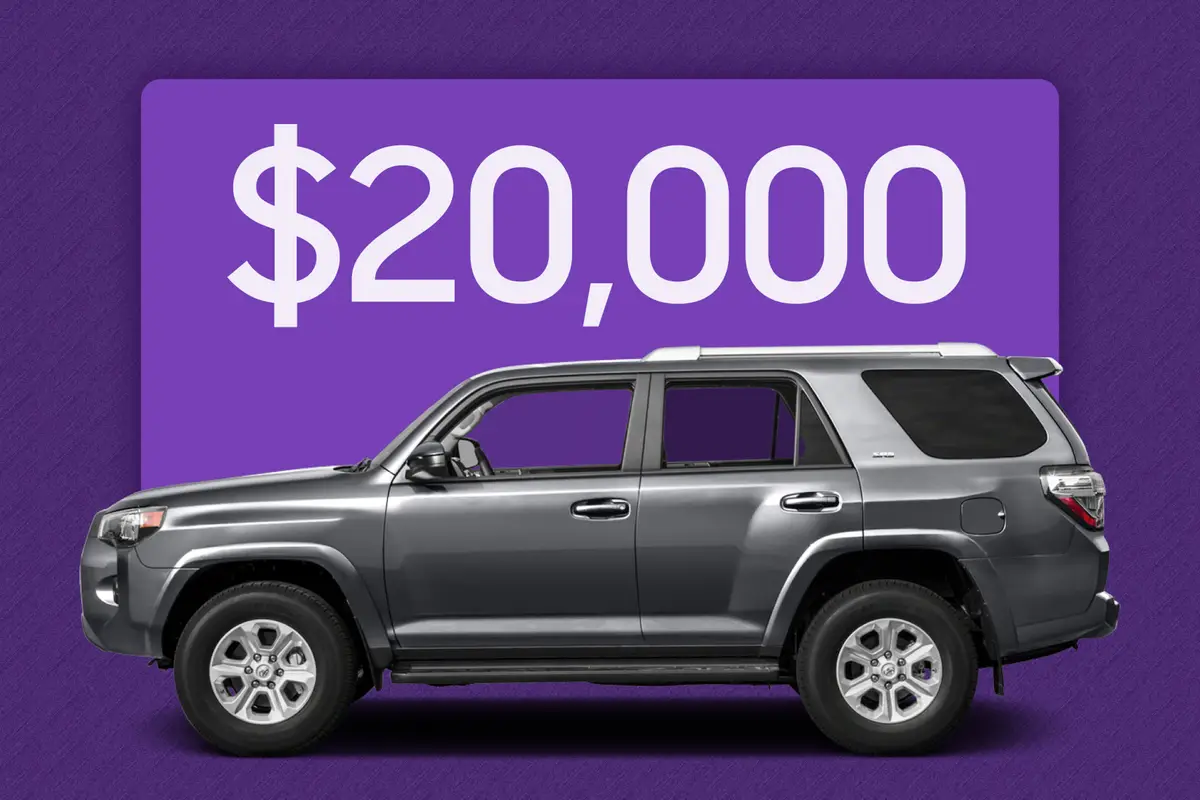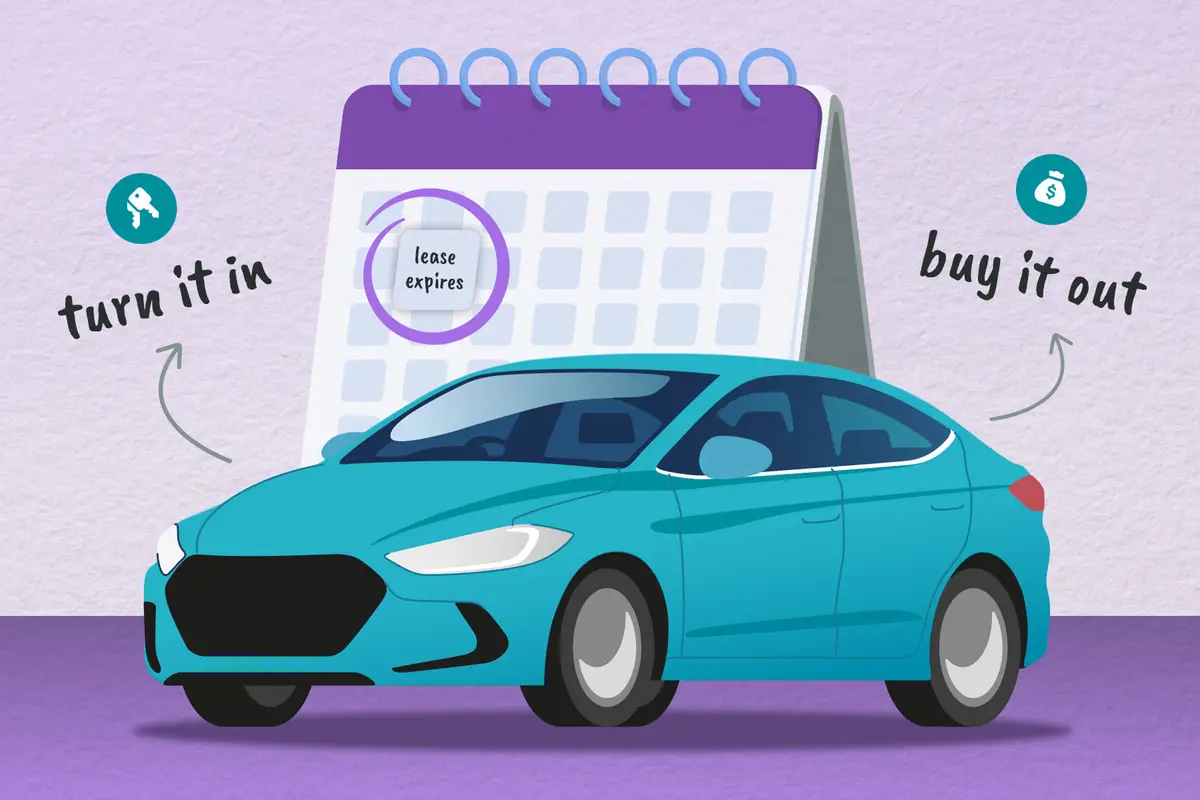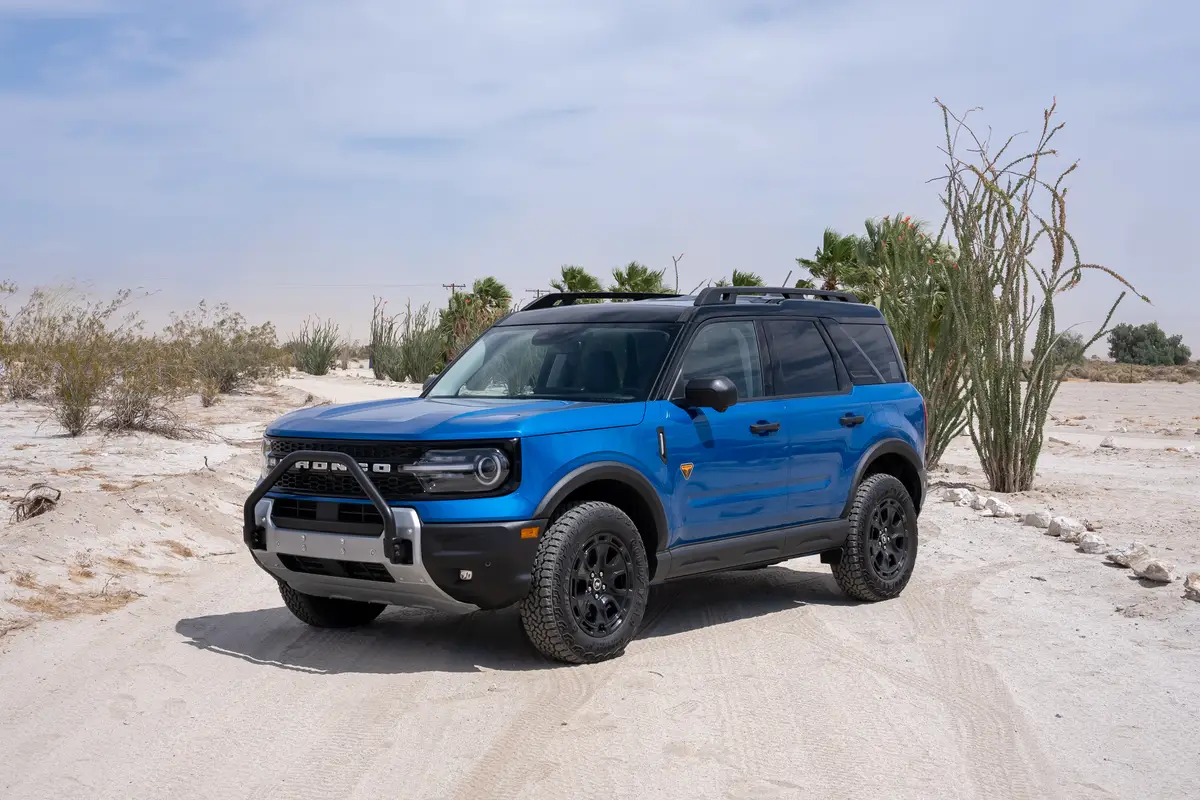2017 Genesis G90: First Look

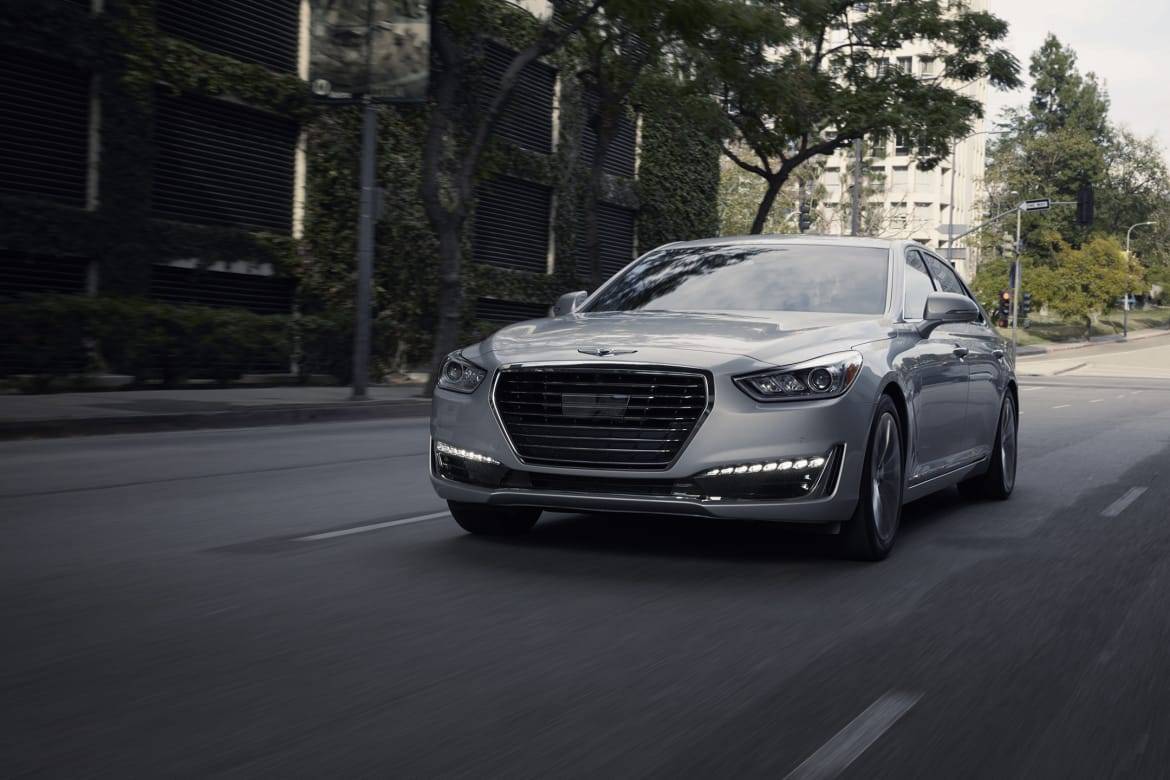
CARS.COM
Competes with: BMW 5 Series, Mercedes-Benz E-Class, Audi A6
Looks like: “Didn’t your name used to be Hyundai?”
Drivetrain: Twin-turbocharged 3.3-liter V-6 or a 5.0-liter direct-injected V-8, both mated to an eight-speed automatic transmission and available with rear- or all-wheel drive
Hits dealerships: Summer 2016
If you’re thinking to yourself, “Gee, this new Genesis looks an awful lot like a Hyundai,” it’s not just your imagination. Hyundai today at the 2016 North American International Auto Show in Detroit revealed the 2017 Genesis G90. It’s the first sedan for the automaker’s all-new luxury brand under the Genesis name and replaces the Equus flagship sedan. It’s the first entry in a planned release of six Genesis-branded vehicles by 2020.
More 2016 Detroit Auto Show Coverage
In distinguishing itself from the mainstream Hyundai brand, the Korean automaker hopes to launch a true competitor in the luxury-sedan segment. Despite aesthetic similarities, the new model unveiled in Detroit isn’t merely the same ol’ Equus; the G90 gets an all-new powertrain and available all-wheel drive.
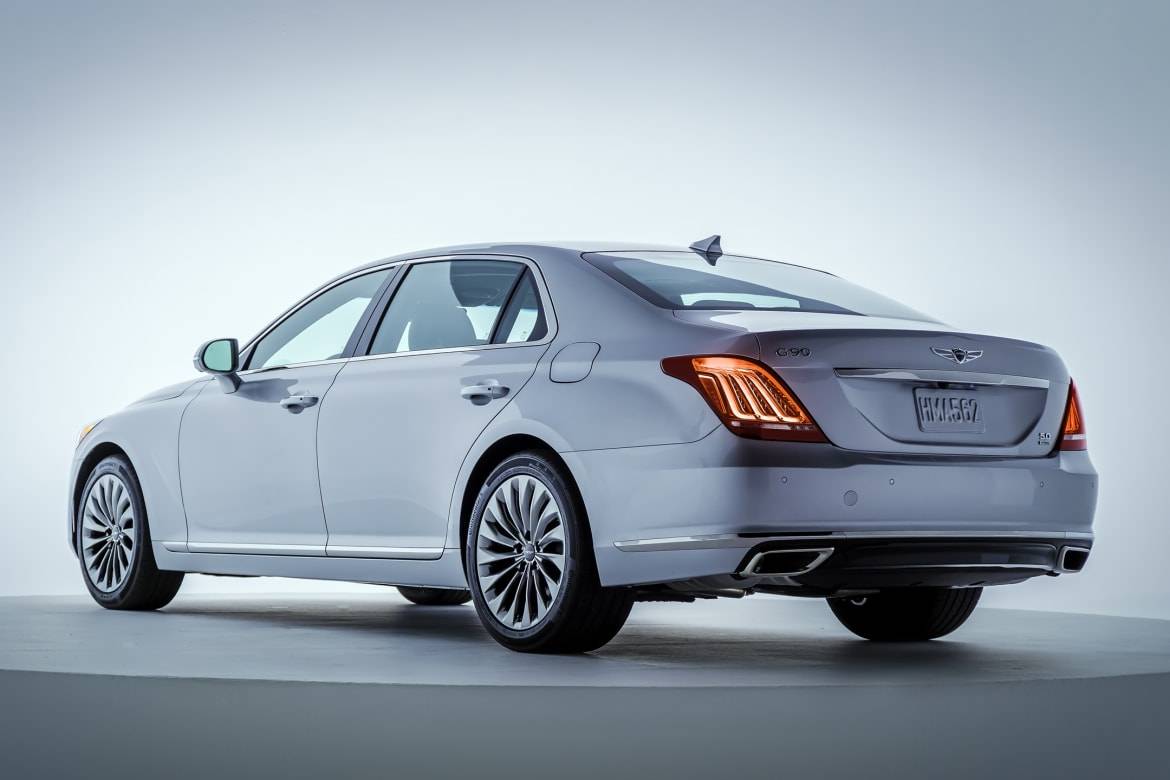
Exterior
Apart from the new name and significant powertrain updates, the G90 upon first glance is unmistakably an Equus. The G90’s styling stays true to its predecessor with some notable exceptions. Most readily apparent are redesigned LED headlights and daytime running lights that give the G90’s face a subtly sinister, fang-bearing countenance. LED taillights, meanwhile, are vertically oriented compared with the previous model’s horizontal ones.
The sedan’s grille now wears the all-new winged Genesis emblem, as well as a more prominent hood, shortened overhangs, length-spanning arced character lines, chrome flourishes and dual asymmetrical exhaust tips. The G90 will be available in five colors: Casablanca White, Caspian Black, Manhattan Brown, Santiago Silver and London Gray.
The automaker says the G90’s body rigidity has increased thanks to a 300 percent greater use of high-strength steel. It’s also 1.8 inches longer, 1 inch wider and 0.2 inch taller, with a wheelbase that’s grown by 4.5 inches.
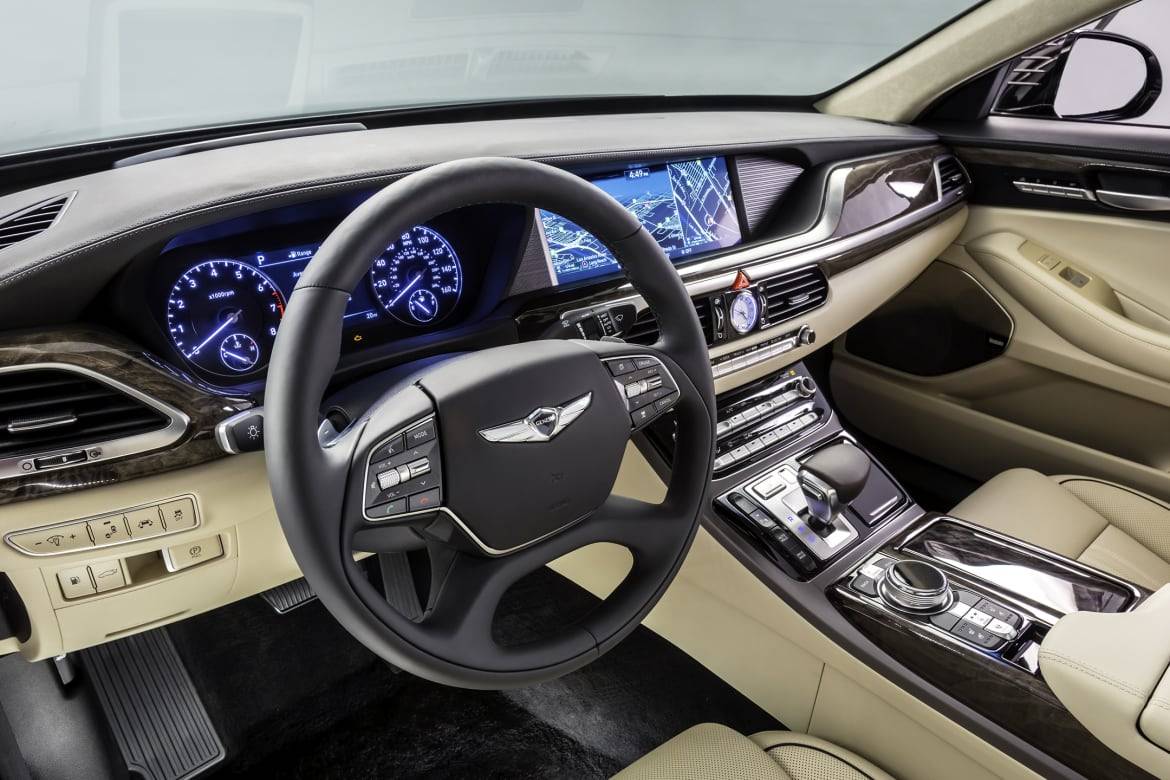
Interior
The wheelbase expansion has resulted in more headroom and legroom for the driver and front passenger. Front headroom has increased to 41.1 inches from 38.7 inches, and legroom to 46.3 inches from 45.1; rear headroom has also increased just slightly, though backseat passengers lose 1 inch of legroom. Trunk space has also shrunk by 1 cubic foot to 15.7 cubic feet.
The cabin features a Nappa leather stitched instrument panel as well as authentic wood accents and aluminum-alloy speaker grilles for the 17-speaker Lexicon stereo system. Hyundai also says it has maximized cabin quietness through the use of abundant sound-absorbing materials, laminated acoustic film glass on all windows and a 20 percent thicker headliner insulation.
Convenience features include a 22-way power driver’s seat, a 16-way adjustable front passenger seat, heated and ventilated front seats, a 12.3-inch multimedia screen in the center stack, selectable mood lighting, a three-zone ventilation system with an air-quality system that lets additional fresh air in when needed, wireless device charging, power rear and rear-side-window sunshades, a hands-free power-opening trunk, power door closure, and rain-sensing wipers and an auto-defogging windshield.
Under the hood
The base powertrain is a new twin-turbo 3.3-liter V-6 that makes 365 horsepower and 376 pounds-feet of torque. That’s in addition to the returning 5.0-liter direct-injected V-8, which at 420 hp loses 9 horses compared with its predecessor but nudges up the torque to 383 pounds-feet from 376 pounds-feet. Both engines are mated to an eight-speed automatic transmission. All-wheel drive is now optional with both engines; rear-wheel drive remains standard.
Drivers can select from four modes — Eco, Smart, Sport and Individual — each of which adjusts suspension, steering and stability control for varied purposes. The Smart Shift and Drive Control feature analyzes driving style and adjusts shift character, engine torque response and suspension in real-time conditions.
Safety
Advanced safety tech includes automatic emergency braking with pedestrian detection, blind spot monitoring, lane keep assist, rear cross-traffic alert, driver attention alert, dynamic headlights with high-beam assist, a 360-degree multiview camera and adaptive cruise control with stop-start capability. Also, the head-up display has been enlarged by more than 2 inches to 9.7 inches with enhanced illumination to minimize distraction.

Former Assistant Managing Editor-News Matt Schmitz is a veteran Chicago journalist indulging his curiosity for all things auto while helping to inform car shoppers.
Featured stories
